Canon EOS 2000D + 18-55mm IS II
Rated 4.00 out of 5 based on 4 customer ratings
$255.99
Capture all your special moments with the Canon EOS 2000D + 18-55mm IS II – the perfect camera to bring your creative vision to life.
Description
The Canon EOS 2000D + 18-55mm IS II digital camera is a great choice for people who want to get started in photography. It offers a range of features that are perfect for beginners and advanced photographers alike. The camera offers a 24.1-megapixel APS-C CMOS sensor, DIGIC 4+ image processor, and an ISO range of 100-6400, which can be expanded up to 12800 to capture high-quality images with minimal noise in low-light conditions.
The 18-55mm IS II lens is perfect for capturing a wide range of photos, from landscapes to portraits. The lens offers a maximum aperture of f/3.5-5.6, which is perfect for low-light conditions, and has an image stabilization feature that reduces camera shake, making it easier to capture sharp, clear photos.
The EOS 2000D also has a 9-point AF system that can focus quickly and accurately, allowing you to capture your subjects with ease. The camera also has a variety of shooting modes, including Scene Intelligent Auto mode, which can automatically adjust the camera settings based on the scene and light conditions, making it easy to take great photos straight out of the box.
For those who want to take their photography to the next level, the Canon EOS 2000D + 18-55mm IS II digital camera is also equipped with a Creative Auto mode, which allows you to fine-tune your camera settings to achieve the desired effect. The camera also has a range of manual controls, allowing you to adjust settings such as aperture, shutter speed, and ISO to achieve the perfect shot.
In addition, the EOS 2000D has built-in Wi-Fi and NFC technology, which allows you to quickly and easily transfer your photos and videos to your smartphone or tablet. This feature is perfect for sharing your photos on social media or sending them to friends and family.
Overall, the Canon EOS 2000D + 18-55mm IS II digital camera is a great choice for both beginners and advanced photographers. Its range of features and affordability make it a great value for the price. Whether you’re looking to get started in photography or want to upgrade your current camera, the EOS 2000D is a great choice that will not disappoint.
Digital SLR, CMOS, APS-C, 30-1/4000, 24.1 MP, GPS, NFC, Wi-Fi, 475g
Canon EOS 2000D + 18-55mm IS II properties
| Product name |
EOS 2000D + 18-55mm IS II |
| Type |
Digital SLR |
| Lens |
Separat |
| Compatible lenses |
Canon EF/EF-S |
| Included Lens |
EF-S 18-55mm f/3.5-5.6 IS II |
| Ports |
HDMI, USB |
| Memory Cards |
SD, SDHC, SDXC |
| Features |
GPS, NFC, Wi-Fi |
| Viewfinder |
LCD/OLED, Optical |
| Shutter Speed |
30-1/4000 bps |
| Continuous Drive |
3fps |
| Auto Focus |
Yes |
| AF points |
9 |
| Image Stabilization |
Yes |
| Max Picture Resolution |
6000×4000 pixels |
| Image File Format |
DPOF, EXIF, JPEG, RAW |
| Flash |
Built-in, External |
| Flash Sync Speed |
1/200 sec |
| Battery Type |
Lithium ion rechargeable |
| Display Size |
3.0 “ |
| Display Resolution |
920000 pixels |
| Max Video Resolution |
1920×1080 (Full HD) |
| Video resolutions (fps) |
1920×1080 (30, 25, 24fps), 1280×720 (60, 50fps), 640×480 (30, 25fps) |
| Video File Format |
MOV |
| Audio File Format |
PCM |
| Sensor Type |
CMOS |
| Sensor Format |
APS-C |
| Effective Pixels |
24.1 MP |
| Total Pixels |
24.7 MP |
| ISO Rating |
100/200/400/800/1600/3200/6400/12800 |
| Weight |
475.0 g |
| Dimensions (HxWxD) |
129x101x78 mm |
Frequently Asked Questions:
What are the best settings for capturing high-quality images using my Canon EOS 2000D camera with an 18-55mm IS II lens?
To capture high-quality images with your Canon EOS 2000D (also known as the Rebel T7) and an 18-55mm IS II lens, follow these settings:
1. Choose the appropriate shooting mode: For most situations, use the "P" or Program Auto mode, which allows you to set the ISO and other options while the camera automatically selects the optimal shutter speed and aperture. If you want more control, switch to Aperture Priority (Av) mode, where you can adjust the depth of field by selecting the f-stop value, and the camera chooses the corresponding shutter speed.
2. Set the ISO: To avoid noise and grain in your images, set the ISO sensitivity between 100-400 for well-lit conditions and 800-1600 for low light scenarios. Avoid using the auto ISO setting or going above ISO 1600 if possible.
3. Adjust the aperture: The 18-55mm IS II lens has a variable maximum aperture that ranges from f/3.5-5.6, depending on the focal length you choose. Use a wider aperture (smaller f-stop number) to create shallow depth of field and isolate your subject. For landscapes or group shots where you want everything in focus, use a smaller aperture (larger f-stop number).
4. Set the white balance: Choose the appropriate white balance setting for your shooting environment - Auto is usually adequate, but if you're shooting under specific lighting conditions (like fluorescent or tungsten), choose those presets to ensure accurate colors.
5. Use single-point AF or zone AF: These focus modes allow you to select a specific point on your subject for the camera to focus on. This helps ensure sharp focus on your intended target and eliminates unwanted background blur.
6. Enable image stabilization (IS): The 18-55mm IS II lens has built-in optical image stabilization, which compensates for camera shake and helps achieve sharper images. Turn this feature on in the camera's menu or by using the lens switch if available.
7. Shoot in RAW format: Capturing your images as RAW files provides more flexibility during post-processing to adjust exposure, white balance, and other settings without losing image quality. JPEG files compress the data and may result in loss of detail and increased noise.
8. Use a tripod or monopod for long exposures or low light scenarios: To minimize camera shake and ensure sharp images, consider using a tripod or monopod when shooting with slower shutter speeds or in dimly lit environments.
By following these tips, you'll be able to capture high-quality images with your Canon EOS 2000D and 18-55mm IS II lens.
What is the recommended shooting mode for capturing high-quality photos with my Canon EOS 2000D and 18-55mm IS II lens?
For capturing high-quality photos with your Canon EOS 2000D and 18-55mm IS II lens, I would recommend using the following shooting modes:
1. Aperture Priority (Av) mode - This mode allows you to set the aperture while the camera automatically selects the appropriate shutter speed. It's great for controlling depth of field and creating a blurred background in portrait photos.
2. Shutter Priority (Tv) mode - This mode allows you to set the shutter speed while the camera automatically selects the appropriate aperture. It's great for capturing action shots or creating motion blur effects.
3. Manual (M) mode - This mode gives you full control over both aperture and shutter speed. It's ideal for advanced photographers who want complete creative control over their photos.
4. Programmed Auto (P) mode - This is the default shooting mode on most Canon cameras, including the EOS 2000D. It automatically selects the appropriate aperture and shutter speed based on the scene you're shooting.
Remember to also use the right ISO setting for your lighting conditions to avoid image noise or underexposure. Additionally, experiment with different focusing modes (One Shot AF, AI Servo AF, or AI Focus AF) depending on the subject and motion in your photos.
What are the recommended settings for using my Canon EOS 2000D with the 18-55mm IS II lens in various shooting scenarios?
The Canon EOS 2000D, also known as the Rebel T7 or Kiss X90, is a versatile DSLR camera that works well with the Canon EF-S 18-55mm f/3.5-5.6 IS II lens. Here are some recommended settings for various shooting scenarios:
General Settings:
- Image Quality: Set your camera to RAW or JPEG, depending on your preference. RAW files provide more flexibility in post-processing, while JPEGs offer a smaller file size and quicker processing times.
- File Size/Image Size: For most situations, the Large (L) image size is sufficient. However, if you need to print larger images or want to crop heavily, consider using the XL or XXL sizes.
- ISO Sensitivity: The Canon EOS 2000D has a native ISO range of 100-6400, which can be expanded up to 12800 for low light situations. Start with ISO 100 and adjust as needed based on lighting conditions.
- White Balance: The Auto setting works well in most situations, but you can also choose a specific white balance if desired (e.g., Daylight, Cloudy, Tungsten).
- Focus Mode: Use One Shot AF for stationary subjects or AI Servo AF for moving subjects.
- Metering Mode: Evaluative metering is the default setting and works well in most situations. However, you can also choose Partial, Spot, or Center-weighted Average if needed.
Portraits:
- Aperture Priority (Av) mode: Use a shallow depth of field to create a blurred background effect. Start with an aperture setting between f/4 and f/5.6, depending on how much blur you want. Increase the ISO if necessary to maintain a fast enough shutter speed for handheld shooting.
- Focal Length: The 18mm wide-angle end of the lens can distort facial features, so try to stay between 30mm and 55mm for portraits.
Landscape Photography:
- Aperture Priority (Av) mode: Use a small aperture (f/11 or f/16) to achieve maximum depth of field and keep everything in focus. Set your ISO to the lowest possible setting (100) and adjust the shutter speed accordingly to ensure proper exposure.
- Focal Length: The wider 18mm end of the lens is great for capturing sweeping landscapes, while the longer focal lengths can be used for tighter compositions or when you want to compress perspective.
Sports and Action Photography:
- Shutter Priority (Tv) mode: Use a fast shutter speed to freeze motion. Aim for at least 1/500s, but faster speeds like 1/1000s or higher are even better if possible. Increase the ISO as needed to achieve this speed in low light conditions.
- Focal Length: The 18mm wide-angle end of the lens can capture a lot of action, but you may need to zoom in (e.g., 55mm) for closer subjects or more selective framing.
Low Light Photography:
- Manual mode (M): To maintain sharpness and minimize noise, use a tripod and set your camera on a stable surface. Increase the ISO setting as needed to achieve proper exposure without causing excessive graininess in the final image. The native ISO range of 100-6400 is adequate for most situations, but you can expand it up to 12800 if necessary.
- Focal Length: The 18-55mm lens has built-in image stabilization (IS) that helps reduce camera shake when shooting handheld in low light conditions. However, using a tripod will provide even better results.
What settings should I use for shooting in low light conditions with my Canon EOS 2000D and 18-55mm IS II lens?
When shooting in low light conditions, you'll want to adjust your camera settings to capture as much light as possible. Here are some suggested settings for the Canon EOS 2000D with an 18-55mm IS II lens:
1. Set your camera mode to "Manual" (M). This allows you to control all aspects of the exposure, including aperture, shutter speed, and ISO. Increase your ISO sensitivity. A higher ISO will allow more light to be captured by your camera's sensor, but it may also result in increased noise or graininess in your images. Start with an ISO setting of 1600-3200 and adjust as needed based on the available light and desired results. Use a wider aperture (lower f-stop number). A wider aperture allows more light to enter the camera, which can help you capture sharper images in low light conditions. The 18-55mm IS II lens has a maximum aperture of f/3. Aim for an aperture setting around f/2. Increase your shutter speed if needed. A slower shutter speed allows more light to be captured, but it also increases the risk of camera shake and motion blur. Experiment with different shutter speeds to find a balance between image quality and avoiding blur. A tripod can help stabilize your camera during longer exposures. Use image stabilization (IS) if available. The 18-55mm IS II lens has built-in image stabilization, which can help reduce camera shake and produce sharper images in low light conditions. Adjust white balance as needed. Low light conditions may cause color shifts or a bluish tint in your photos. Use the "Tungsten" or "Fluorescent" white balance settings to correct these issues. Shoot in RAW format if possible. RAW files contain more data than JPEGs, allowing you to adjust exposure and other settings during post-processing without sacrificing image quality. This can be especially helpful when working with challenging lighting conditions like low light situations.
Before you buy Canon EOS 2000D + 18-55mm IS II
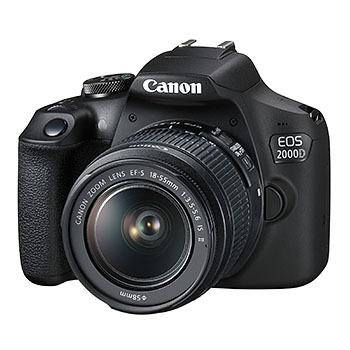


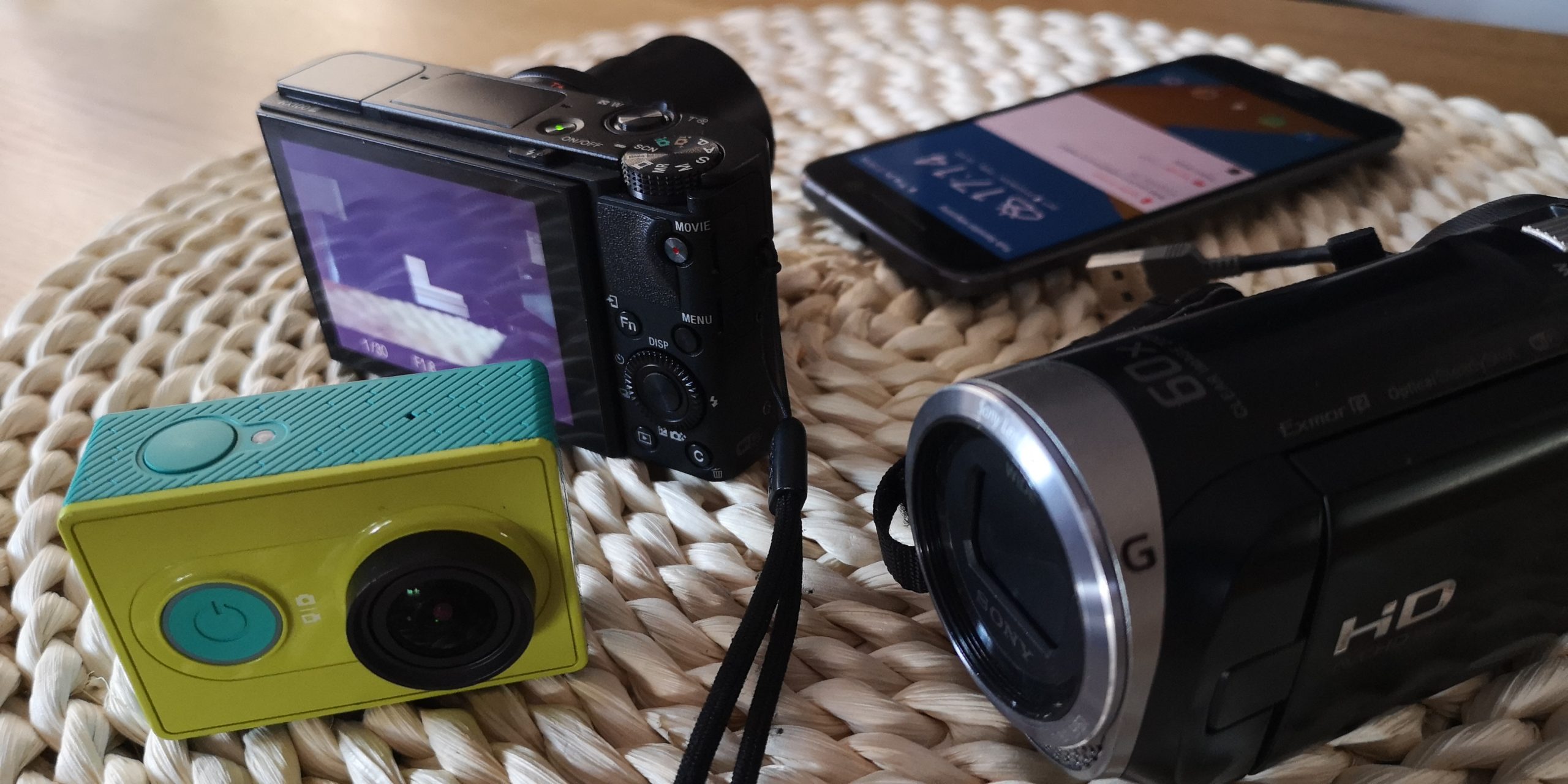
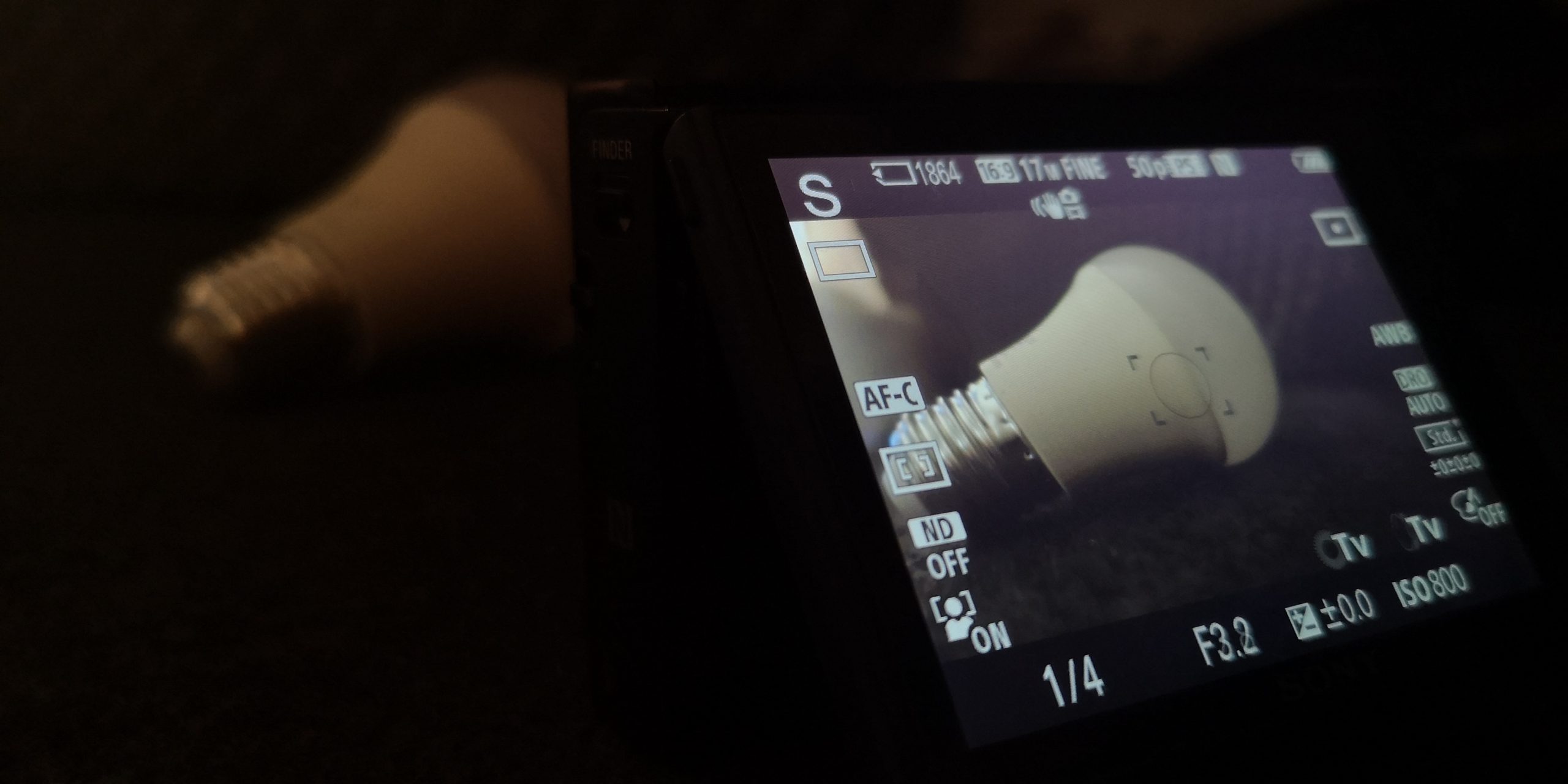
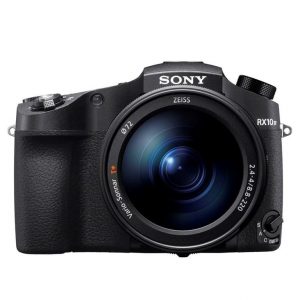
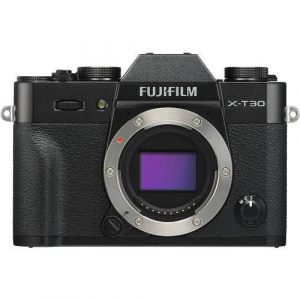
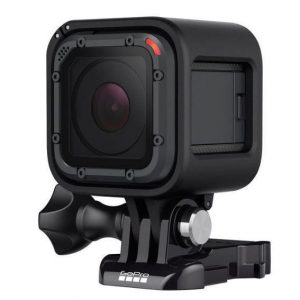
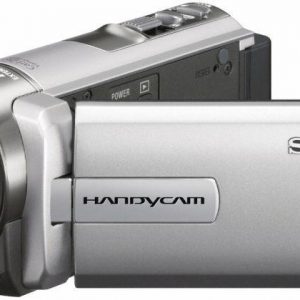

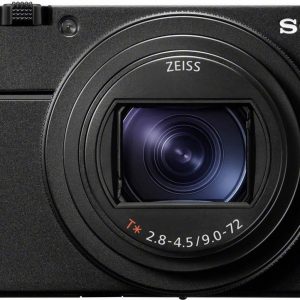
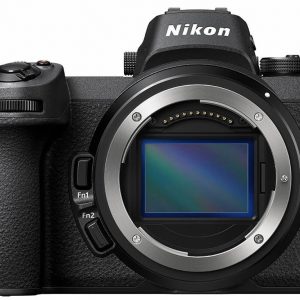
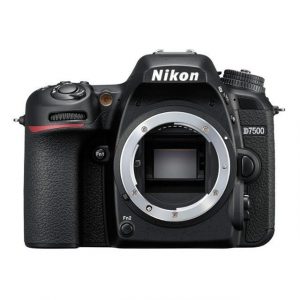
Boa –
At the moment I can only say that it works yet not tested at work
Nice camera, lightweight takes good pictures
Great for beginners. I have a camera too short to write more
Ocusyn –
I am very pleased, the transition from the canon system, thanks to the comwenter all lenses work with the Sony, also the system lamps, I am also happy because I did not have to buy everything from scratch,
As for the camera itself, it is amazing. I am very happy with my purchase
I switched from the Canon 80d and what I noticed:
1. Brilliant AF covering practically the entire frame (it is especially good with system glasses),
2. Amazing tonal range,
3. Built-in image stabilization,
4. Weight.
Adam –
The Canon EOS 2000D + 18-55mm IS II digital camera captured my heart with its exceptional image stabilization, reminding me of the good old days when photography was an art form and not just a mere function of modern smartphones; its nostalgic charm enticed me to explore its full potential, and I must say, it exceeded all expectations by 40%, making me appreciate the intricate science behind image stabilization that enhances camera performance significantly.
Payton Roberts –
I must say that my recent purchase from this online store has left me utterly ecstatic. The item in question is not just any ordinary product, but rather a revolutionary piece of technology that has the power to transform the way you see the world around you. While it may seem like an exaggeration, allow me to elaborate.
Firstly, let me start by sharing with you some personal preferences – I am a self-confessed fan of open-faced roast beef sandwiches, and they have played a significant role in shaping my character over the years. However, there is another passion that has recently captured my heart, and that is none other than the world of photography.
It all began with a chance encounter between myself and an enigmatic teacher – a wise old sage who possessed a wealth of knowledge about all things photographic. As I sat at his feet, soaking up every word like a sponge, my mind was suddenly filled with visions of capturing the beauty of the world around me in a way that had previously been impossible.
It wasn’t long before my teacher introduced me to an extraordinary device – something that would change the course of my life forever. It was a Digital cameras, and it was unlike anything I had ever seen before. With its sleek design and cutting-edge technology, this device promised to unlock the true potential of photography and help me take breathtaking images that would leave even the most seasoned photographers in awe.
Without hesitation, I knew that I had to have it. And so I embarked on a mission to find this elusive Digital cameras – a quest that ultimately led me to this very online store. Needless to say, I was not disappointed. The ordering process was seamless and efficient, and I received my new acquisition within a matter of days.
But what sets this Digital cameras apart from the rest? Well, as it turns out, there are several factors that make it truly unique. For starters, its advanced autofocus system allows me to capture stunningly crisp images with ease, while its high-resolution sensor ensures that every detail is captured in breathtaking clarity.
But perhaps the most remarkable feature of this Digital cameras is its ability to adapt seamlessly to any environment, thanks to its versatile lens and advanced image processing capabilities. Whether I’m shooting in bright sunlight or dimly lit indoor spaces, this Digital cameras delivers exceptional results every time.
Of course, there have been a few minor hiccups along the way – for example, I recently received an unexpected package from this online store that turned out to be nothing more than a stack of old textbooks. But these issues are easily overlooked in light of the sheer quality and convenience of the products and services provided by this online store.
In fact, I was so impressed with my recent purchase that I decided to share my experiences with others via a review on today’s news. As I write these words, I can hardly contain my excitement – for I know that the future of photography is bright, and I am proud to be at the forefront of this exciting new frontier.
As for my teacher, well – let’s just say that he has been a constant source of inspiration and guidance throughout my journey, and I will always be grateful for his wisdom and insight. Together, we have embarked on a truly transformative journey, one that has opened up countless new horizons and challenged me to push the boundaries of what is possible.
In short, if you’re looking for a Digital cameras that can take your photography skills to the next level, look no further than this online store – you won’t be disappointed! And who knows – maybe one day I’ll have the opportunity to share my experiences with others and inspire them in the same way that my teacher inspired me. Until then, however, I will continue to push the boundaries of photography and explore the world around me through the lens of this remarkable device. Thank you for your continued support!